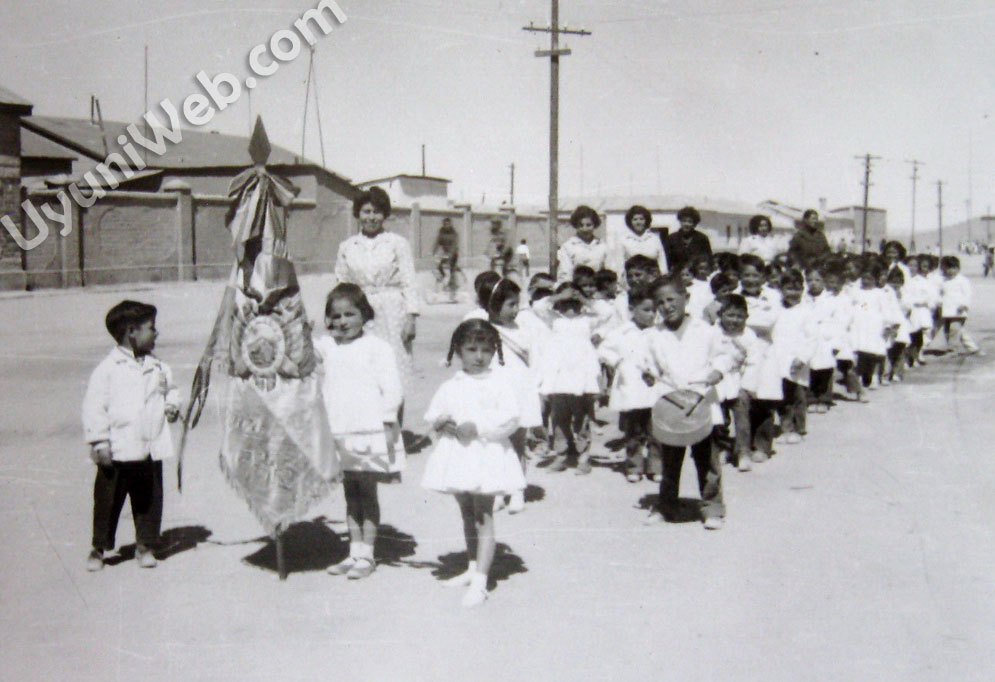
Throughout the 19th and 20th centuries, copper, silver, and tin mining was prevalent in South America. Many of these mining operations were run and maintained by foreign mining companies from North America, China, or Europe. At times, these companies struggled to maintain their workforce which mainly consisted of unskilled, indigenous laborers. These men were left to do the dangerous work in the mines while the remainder of the safer, more skilled jobs were left to foreign workers brought in by the companies. Mining companies attempted to assimilate the indigenous workers into a more “European” culture. They did this by implementing mining towns in which the miners would live limiting their interactions with their homes and families.
This excerpt from a foreign miner gives a perspective of what life was like within these mining towns. He explains the luxuries of the town and how everyone wanted to live in these mining towns due to the benefits. However, many local miners did not have access to all the same benefits and luxuries as the foreign mining staff. Local miners typically lived in cramped spaces with numerous other individuals farthest away from the town center with all the accommodations. This meant that these miners typically did not actually benefit from residing in these towns, rather, they lost cultural and familial ties due to distance from their families and communities.
“Toquepala had a fine camo with an expatriate population of about 400. Well stocked supermarkets went far toward keeping folks reasonably content. There was a golf course with the most expensive golf carts- pickup trucks. There was a club house for frequent parties and a bowling alley and swimming pool. A theater with rotten acoustics provided more entertainment…. The town site was a source of many problems! At Toquepala there were some 745 single men and 1,456 married for a total worker population of 2,211. Campsite design was based on an average family size of six persons but that was a bad job of estimating. In addition to averaging more than four children per household, the worker often invited other members of his family or even friends to come and live with him. This not only crowded the apartment, it made for the use of substantially more electric power, water and waste disposal than we had figured on…. Toquepala as an island of economic well being in a sea of poverty. Everyone who could get there wanted on the island.”
Brown, Kendall W.. 2012. “Chapter 6: The Technological and Social Dimensions of Modern Mining”. A History of Mining in Latin America: From the Colonial Era to the Present. Page 133. Albuquerque: University of New Mexico Press. ProQuest Ebook Central.